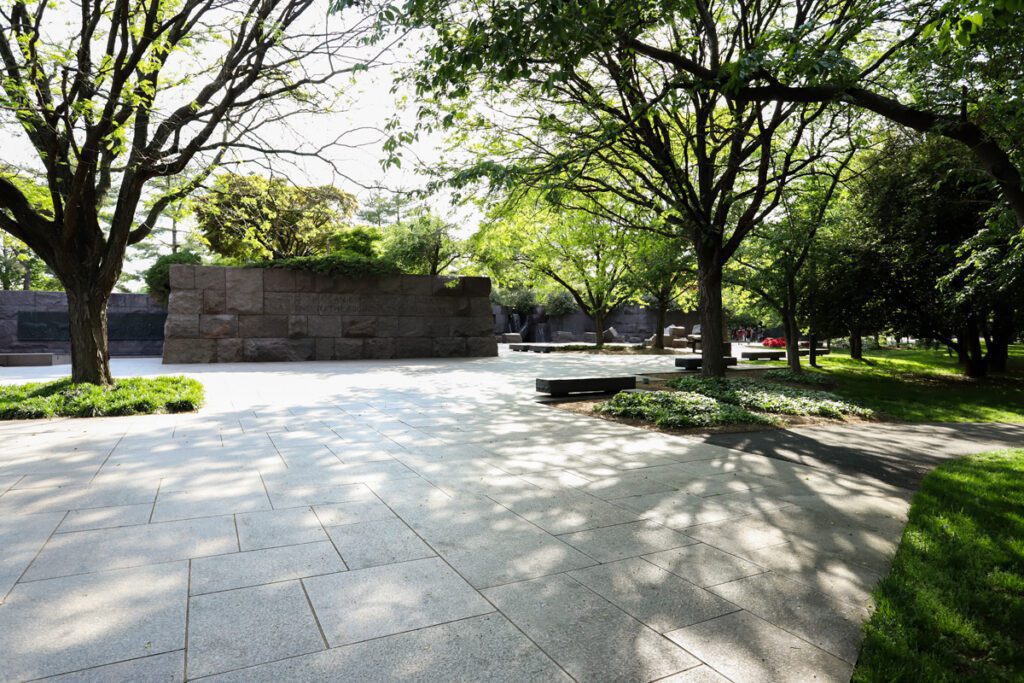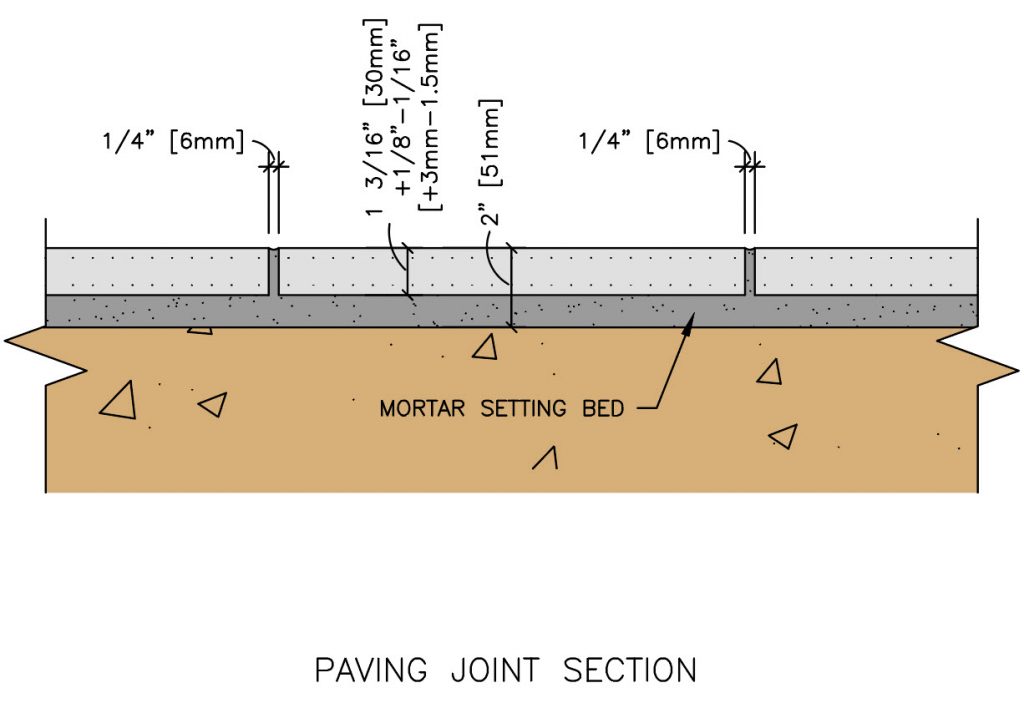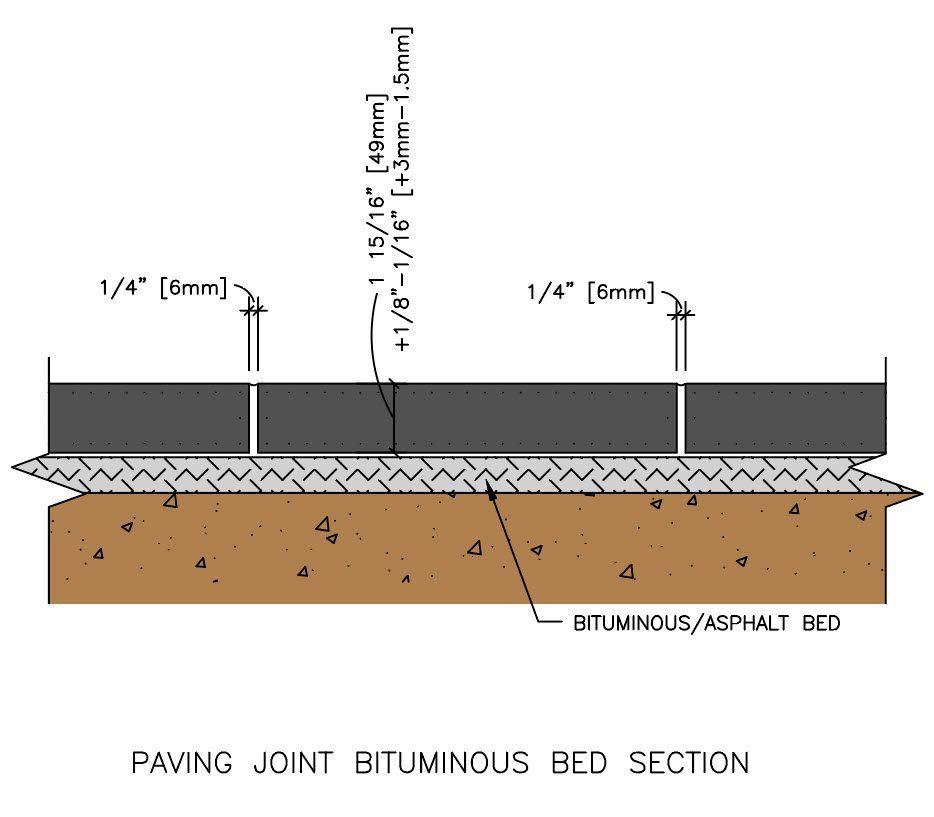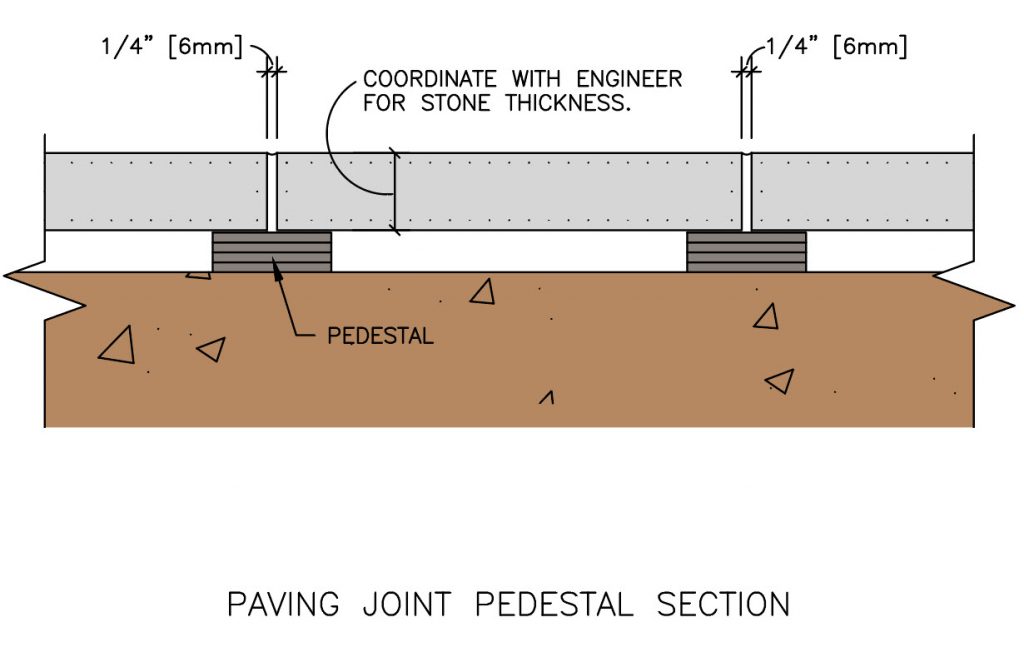
The best material to put under pavers depends on many considerations, including the method of installation. When the appropriate installation is selected, natural stone pavers can provide a long-lasting, durable and beautiful material for landscape designs in public spaces.
If you want your pavers to last, a strong foundation is crucial. Pavers that crack or become uneven can occur because the wrong paver base was used or was improperly installed. Understanding the differences in installation methods and what base to use in landscape paving is essential for a successful project. Ultimately, discussing your paving project with an experienced stone supplier will help ensure its successful completion and maintain its beauty and performance for many years.
Do I Really Need a Paver Base?
Laying pavers without a base will lead to a disappointing outcome. If the pavers are unable to support the weight and pressure placed on them, and have a lack of adequate drainage, the pavers will crack and deteriorate.
What is the Best Material to Put Under Pavers?


Should I Lay Pavers on Sand or Mortar?




Can You Use Sand For a Paver Base?
Yes, you can use sand for a paver base. A sand set installation method may be best if a concrete slab is not an option for the base. This system offers permeability and some flexibility.


Polymeric sand may be used to fill the joints and reduce movement. Repair is usually easier and more economical than a mortar system. Like other methods, uniform support of the paver is critical. If the water cannot properly drain from a sand set system and gets underneath the stone pavers, the liquid will eventually move the sand and create a rocking scenario, thus compromising the pavers’ durability.
What is the Best Installation Method in Cold Climates?


Which Installation System Should I Choose for Good Drainage?
Pedestal systems can work well in many environments because they do not rely on a mortar, sand or bituminous setting bed. A pedestal set system, ideal for fountains and reflecting pools, feeds water through the paver joints, providing drainage beneath the surface of the paving. Depending on the paver size, pedestal set systems may require thicker pieces of stone than other methods, such as a mortar or bituminous set system. Pedestal set systems are often used in rooftops and plazas at the street level—anywhere draining or eliminating water is a concern.
If you have questions about your paving project, or would like to set up an accredited educational in person or webinar CEU “Paving with Natural Stone: Why Setting Bed Method Matters”, please contact us and connect with one of our experts.